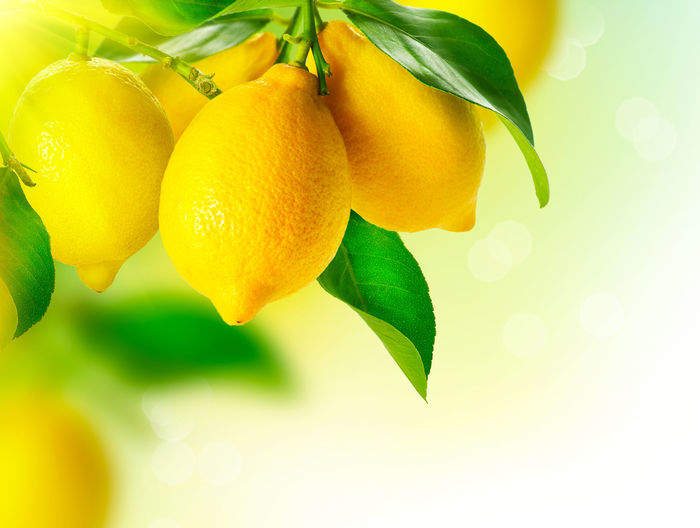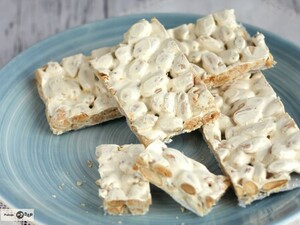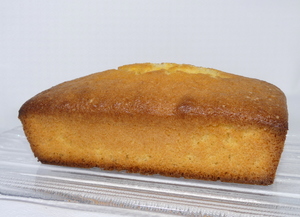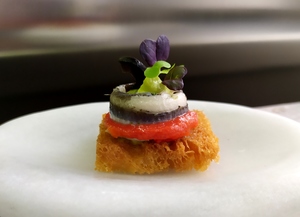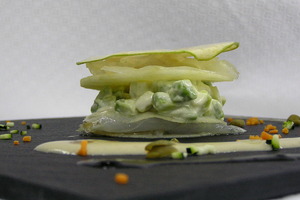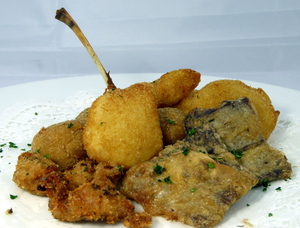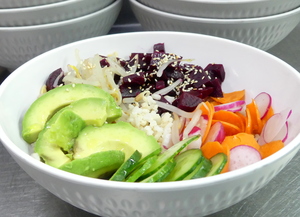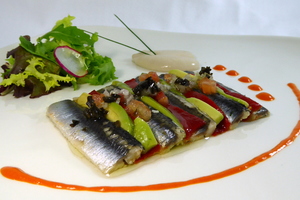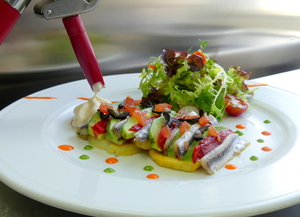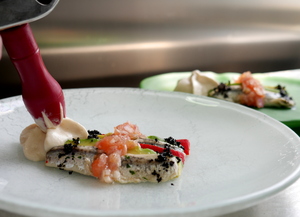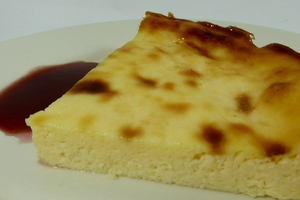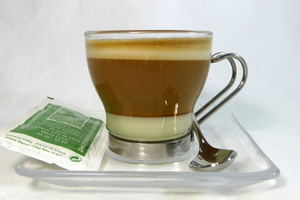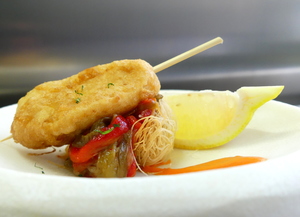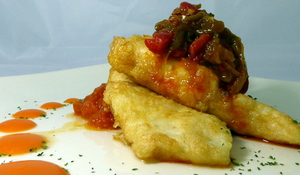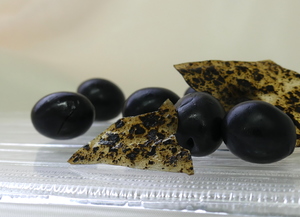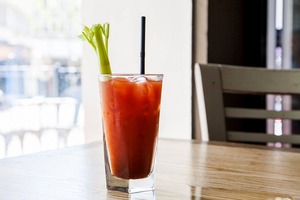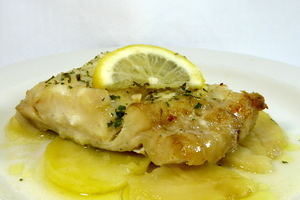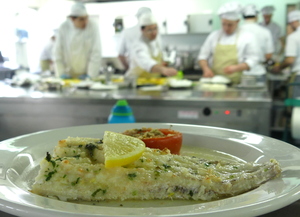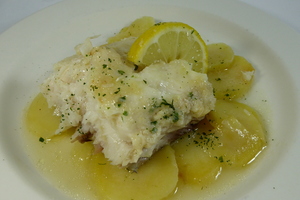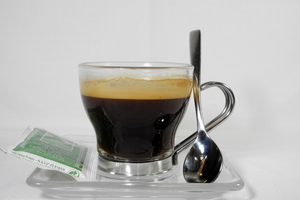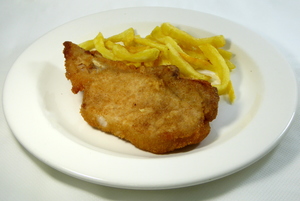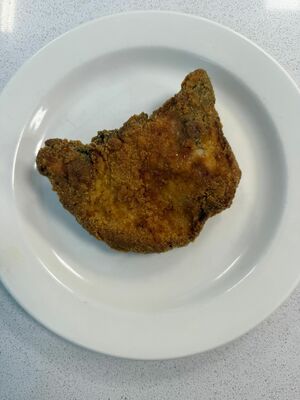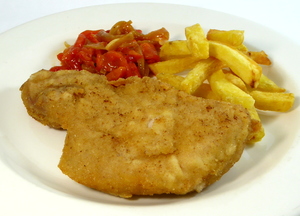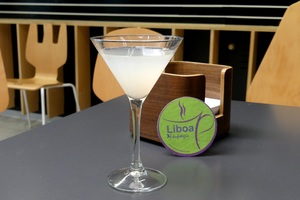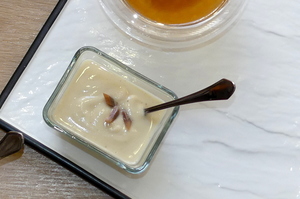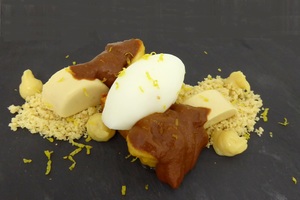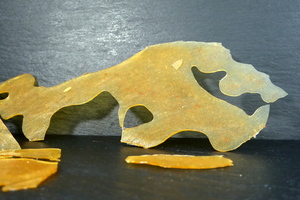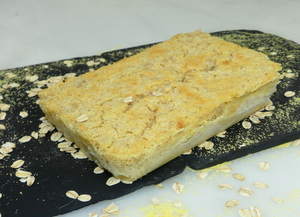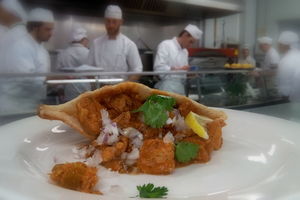Lemon
Citrus limon, the lemon tree is a small perennial fruit tree.
It bears lemons, an edible acid and aromatic fruit used in cooking.
It has a high content of vitamin C and citric acid.
Lemon trees originate from Asia: Assam a region in northeast India, northern Burma and China. It was not planted in Europe until the Arabic conquest of Spain, when it got widely cultivated, thanks to the Spanish climate, to be eaten by locals and to export.
As in many fruits from tropical or subtropical origins, lemons need and exposure to temperatures of 10-13ºC, with an 85-90% of humidity to be industrially preserved in a fresh state. Under these conditions, shelf life can be extended up to 1 to 6months. The exposure to lower temperatures can cause freeze damage and make the lemons lose juiciness.
-
Type of dish
- Beers
- Cocktails
- Breakfasts and brunch
- Burguers
- Juices, milkshakes and beverages
- Shellfish
- Bread and pastries
- Pizzas, patty
- Dessert
- Pasta
- Sándwich
- Pastries
- Finger foods
- Ice creams and sorbets
- Legumes
- Salads
- Eggs
- Patty
- liqueur
- Harvard plate
- Main course
- Meats
- Fish
- Birds
- Vegetables
- Soups and creams
- Rices
- Coffee, chocolate and infusion
- Cheeses
- Appetizers and canapes
- Temperature
- Cuisine type
- Additional culinary preparation
- Conservation technique
- Seasonal recipes
-
- Aromatic herbs
- Beverages
- Big game hunt
- Bread and pastries
- Canned goods and pickles
- Cereals
- Condiments, spices and additives
- Cooked, salted, preserved and cold meats
- Dried fruits and nuts
- Dry pulses
- Edible oils and vinegars
- Eggs and derivatives
- Feathered game hunt
- Fish cuts
- Fishes
- Insects
- Kitchen and bakery tecniques
- Kitchen and bakery utensils
- Meat cuts
- Meats
- Milk, cream and derivatives
- Mushrooms
- Offal
- Pasta, rice, flour and derivatives
- Poultry
- Seafood
- Service techniques
- Service utensils
- Vegetables cuts
- Vegetables, fruits, tubers and seaweed

